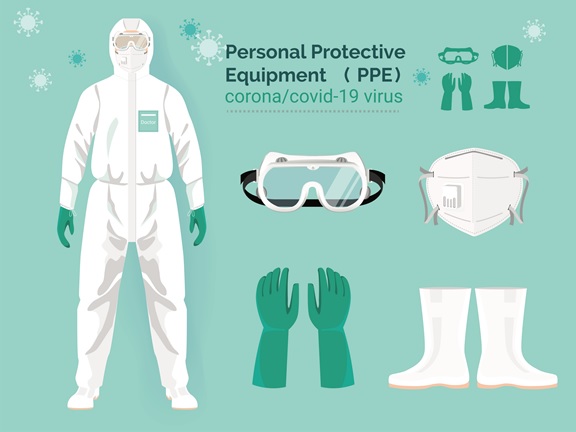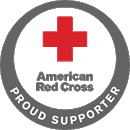Before the start of any restoration work a risk assessment should be done to determine any potential health hazards that may be encountered. It takes more than just coveralls and leather work gloves to protect yourself or workers when dealing with water restoration cleanups. Personal protective equipment isn’t an option, it’s a necessity. Safety, at all times, is priority number one for workers as well as residents (and their pets). There are several potential health risks associated with any water damage and its cleanup:
- Chemical contaminants
- Bacteria and viruses
- Lead or asbestos dust
- Mold and mold spores
- Respiratory concerns as a result of the inhalation of contaminants
Because of these health risks, the DIY person should always seek professional help when dealing with any kind of water damage. You never know what may be lurking in the water that has affected your home. The best advice is to back away from the affected area and call in an expert.
The Body’s Entry Points
Protective clothing and equipment is designed to protect you by guarding the possible entry points into your body. Trained and certified water damage technicians understand the importance of protective equipment and know what and when conditions require the different kinds of PPE. Your body’s most common entry points are the eyes, the nose, the mouth, through contact with the skin, and by ingestion.
Once you understand the different ways in which you can be exposed to harmful contaminants you can understand the different types of protective equipment and why they are necessary. Every water damage will be unique in that you never know what contaminants may be present. A clean water loss will present very different circumstances than say, a sewage loss or a mold remediation.
Types of Personal Protective Equipment Available
PPE varies by manufacturer, the specific model, and how the item is intended to be used. Each situation presents unique exposure dangers. Below is a list of personal protective equipment that may be necessary to protect from harmful contaminants:

Respirator – respirators protect people from particulates, vapors, and gases. There are several different classes of respirators:
- Class 1: Air Purifiers – these are equipped with a filter, cartridge, or canister that removes specific contaminants from the air that is being breathed. This class can only be used to filter the air and is the most common type used by the restoration industry. Cartridges are color coded to indicate their different uses. Those most typically used for restoration are magenta (P-100 for particulates) and black (for organic vapor).
- Class 2: Supplied-Air Respirators (SAR) – these respirators supply the wearer with air through a hose connected to the respirator.
- Class 3: Combination Air-Purifying and Atmosphere Supplying – most commonly used when remediating asbestos, these respirators have an auxiliary air-purifying device attached in case of emergency.
Chemical Resistant Gloves – these gloves can be made from nitrile (most commonly used), latex, neoprene, or rubber. It is sometimes recommended to wear a pair of leather work gloves over top of one of these types
Safety Goggles – goggles provide eye protection from chemical splashes or projectiles and should completely seal around the eyes. In place of goggles , a face shield may be used.
Protective Clothing – whenever there is possible exposure to chemicals or contaminants protective clothing should be worn. The most common brands of clothing are Tyvek® and Kimberly-Clark*. In addition to just a body covering suit, these may include hoods and feet covers.
CDC and NIOSH Guidance on PPE
“Workers and volunteers involved with flood cleanup should avoid direct skin contact with flood waters if possible and through the use of appropriate PPE and clothing. In most instances, the selection of PPE will be dependent on site specific conditions, hazards, and tasks.”
Flood waters that enter from outside the home may contain raw sewage, fertilizers and other chemicals, even displaced reptiles or other animals. You never can be sure about what you may encounter in a water damage or flood situation. That is why the proper protective equipment is necessary.
Mold and PPE
Mold remediation can cause mold spores to become airborne. When this happens there is an increased risk of spore inhalation. Respirators with N-95 cartridges must be used by anyone residing or working in the affected area. Full face shields or goggles should also be used to protect the eyes along with disposable protective clothing.
Water Mold Fire Restoration wants you to understand that the personal protective equipment our technicians wear are for their protection and yours. PPE, besides protecting workers, also helps prevent the spread of possible contaminants throughout your home. At the end of their work, technicians will remove and bag for disposal any PPE that has been used on your job BEFORE leaving any affected areas. You can contact WMF by phone by calling 800-905-0277 or by email at help@watermoldfire.net. We never charge for estimates and we are available 24 hours a day.








